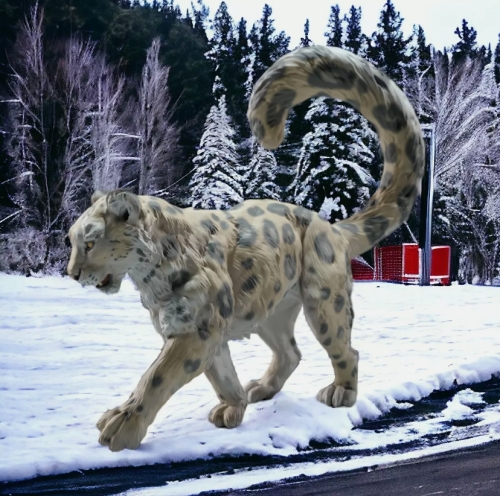The leopard is a graceful and powerful wild animal, known for its excellent hunting ability and agile posture. The cat is characterized by its distinctive spotted coat, which forms a perfect camouflage that helps them conceal and track prey in a variety of environments. Leopards are relatively large and muscular, giving them powerful running and climbing abilities that allow them to move with ease both in the treetops and on the ground.
When it comes to hunting, leopards display great strategy and patience. They usually take advantage of their surroundings, lurking in grass or branches, quietly observing the movement of prey. When the opportunity arises, the leopard will attack with astonishing speed, and the short burst of energy allows it to quickly approach and capture its prey. Their menu is very rich, from small mammals to large animals, covering almost the entire ecological chain.
Leopards are solitary animals, active mainly at dusk and at night, which allows them to avoid competition with other predators when feeding. Compared with other big cats, leopards have a strong climbing ability in the tree, can drag prey to the tree, not only to avoid other predators infestation, but also to enjoy the delicious food at any time. At the same time, leopards have established their own territory in the trees, and this unique lifestyle has made them occupy an important position in the ecosystem.
Although leopards excel at hunting and surviving, they also face many challenges. Loss of habitat, loss of prey, and the impact of human activities all pose threats to leopards' survival. Protecting these beautiful creatures and their habitats is essential to maintaining the ecological balance.
Overall, leopards are great creatures of beauty and power. Their intelligence, agility and unique living habits make them important in the animal kingdom.
















